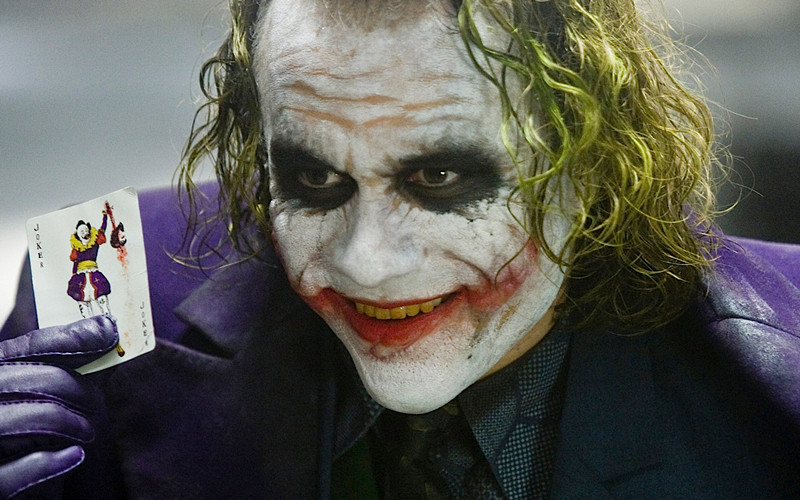
These days, everyone seems to love superhero movies. It is, along with horror films, the most popular genre, and many theorists argue that this augmentation of superhero films came because of the need for heroic figures after the 9/11.
Although, it is certain that Christopher Nolan gave a new perspective on how we should see superheroes after his “Batman Begins” (2005) and of course “The Dark Knight” (2008). The cartoonish and light treatment gave its place to a more realistic and serious style, which actually would be the most popular and would affect almost every superhero movie which came after.
Naturally, everyone can have his or her favourite personal movie of this genre, but everyone should also recognize that Nolan created the most sterling and qualitative film of this kind. Here are the reasons.
1. The story overpowers the spectacle
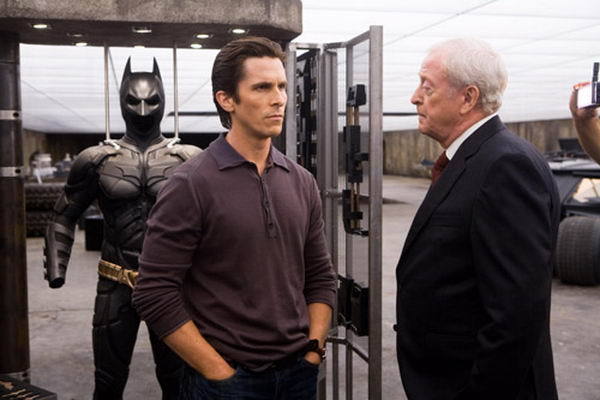
Most blockbuster movies tend to forget about substance and focus on form; in other words, style and spectacle overcome the story. For instance, when Zack Snyder overuses the slow-motion effect for no other particular reason than impressing the audience (or just himself), or when Michael Bay makes something explode just because. “The Dark Knight” focalises on the story and its impact – we have to care about the characters and what happens to them.
That does not mean that Nolan does not try to create extraordinary and spectacular shots. But instead of making an entire movie just from good “explosive” ideas, he tells a story, and through it alone, he tries to impress us. What is more compelling than a real truck – not a CGI truck – flipping on its other side, or a hospital that explodes?
These events are so effective in “The Dark Knight” because Nolan makes us believe they must happen – of course because they’re practical, too. They are essential to the story and they affect at least some of the characters we do care about, and that means that in an intellectual level they affect us.
2. It “provides” the most difficult obstacles for the protagonist
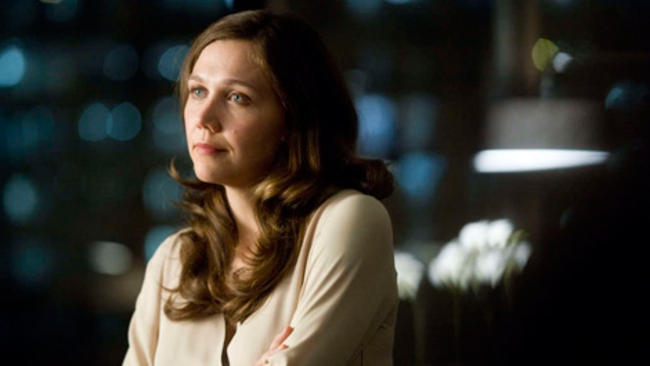
As almost every script theorist says: “Make your main character’s life difficult as hell!” For a story to be interesting and compelling, the protagonist must face many obstacles. The more difficult the obstacles are, the more engaging the story will be. “The Dark Knight” is a perfect example of this logic. As the movie proceeds, Batman (Christian Bale) faces problems which even remain unsolved by the end of the movie and which lead him to discover and reveal his true character.
This becomes even more intensive with the “help” of the Joker (Heath Ledger). Not only does he reveal Batman’s weaknesses, thus leading him into a dead end, but he also pressures Batman into difficult choices which will eventually disclose his true nature. After Joker is caught, he is been interrogated by Batman, who tries to “break” him by intimidating and hitting him.
The result is that Joker’s plan is working just right and the protagonist’s methods are now useless. His advantages have become disadvantages. The forces of antagonism increasingly apply pressure to Batman, forcing him to make more and more difficult choices.
One simple example is after the interrogation scene when he has to choose between Harvey Dent (Aaron Eckhart) or Rachel (Maggie Gyllenhaal): the future of Gotham or his personal happiness. These choices will lead him to change, to sacrifice himself and become the Dark Knight.
3. The stakes are personal
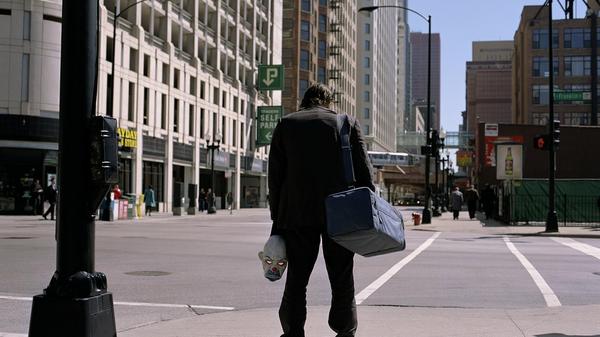
“The Dark Knight” is a film that strongly expresses the idea that a relatively measured but specific threat can be extremely compelling. At the end of the movie, the only lives in danger are the people who are on the two boats. There is no random machine of global destruction; there is no probable devastation of humanity.
The Joker is able to blow up both ferries, a terrorist action that could have happened in real life. In contrast when the villain’s plan is to destroy the whole world, we, the audience, know that this is not actually possible and if it happens in the movie, that means there will probably be a sequel.
Nolan suggests that the stakes are personal, that Batman could happen and even worse, that Joker could happen. Realism is what separates “The Dark Knight” from the other superhero movies, not only in the aspects of how he owns his gadgets or that there is no such thing as magic (!), but first and foremost in the aspects of realistic characters. Characters who have flaws, characters who make choices, characters who change and with them we change as well.
4. Harvey Dent

The definition of an anti-hero is a hero who turns into a villain; in other words, Harvey Dent in “The Dark Knight”. The truth is that in Nolan’s second film of the Dark Knight Trilogy, the protagonist is not Batman, but Dent. He is a guy who starts out good and eventually becomes evil. Anti-heroes make the wrong decisions for the right reasons because their core wound gets activated by the actual villain; in this case, the Joker. But it is essential that we do care about them first.
Dent seems perfect from the start, but when the Joker brings him to his limits, he transforms into Two-Face. This is the central theme of “The Dark Knight” and that is why Dent is the central hero in that story. The theme is this: when you fight evil, be careful that you do not become evil yourself.
Harvey Dent embodies this theme and by doing that, he helps Batman learn a lesson and thus become the Dark Knight. Nolan’s Harvey Dent is one of the greatest characters ever written and by becoming another Jesus Christ, he endures the emotional impact that makes this movie so good.
5. It has a different view on the Christ image

At the beginning of the film, Harvey Dent is a Christ figure whose campaign slogan has religious connotations like “I believe in Harvey Dent.” But whereas most films use Christ imagery to suggest that the character has sacrificed himself for the greater good or for an ideal, “The Dark Knight” shows us a daring and modern interpretation of the Christ image.
It shows a Christ without resurrection, a false ideal, but one that must upheld as a beacon of hope for mankind. Batman is the one that actually upholds that façade by taking the blame for Dent’s killings at the end of the film, and by that way, maintaining order.
The story of Harvey Dent shows many similarities with “The Grand Inquisitor”, a poem written by Fyodor Dostoyevsky. Just like in “The Dark Knight”, a saviour, in this case Jesus Christ himself, comes to help people by making the simultaneously impossible and necessary.
However, the Grand Inquisitor imprisons Jesus and explains that if people have the choice between evil and good, they will always choose evil. His job is to take their freedom, reveal their true nature, but eventually save them from themselves. “The Grand Inquisitor” suggests that the only way to make life bearable for the masses is to “enslave them by a miracle” and “give them someone to bow down to” (Jesus Christ – Harvey Dent).
In “The Dark Knight”, Dent is a false saviour, but it doesn’t matter. What does matter is that mankind gets an ideal to bow down to, to save them from themselves. Dostoyevsky and Nolan suggest that truth can be so ugly that it might have to be kept secret for the greater good. “Ignorance is happiness.”
6. The Joker
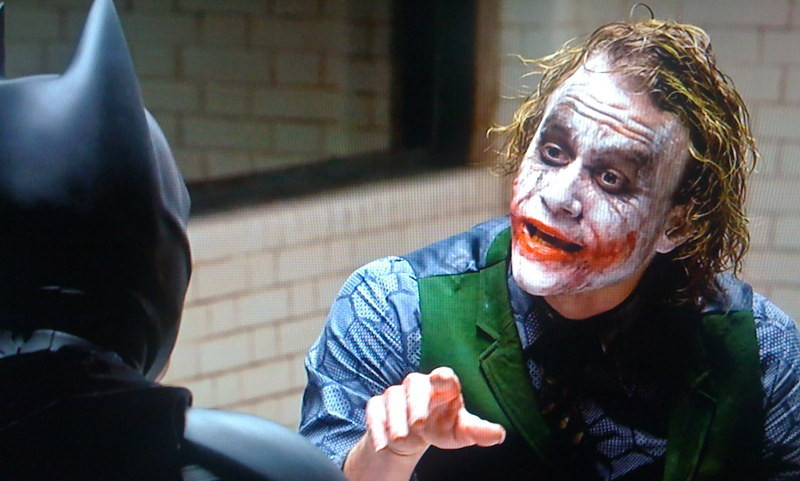
Throughout the film, Alfred (Michael Caine) hints at the lessons Bruce Wayne needs to learn. In the beginning, Batman believes that criminals are simply after money, that there is a logical order to things. However, in the process he learns not to underestimate his enemies and that his strengths can become his weaknesses.
Batman grows wiser because of the Joker. Under the pressure of the antagonist, Batman learns that alone he has limits and only together with the right allies can they overcome the challenges that appear. Batman’s resolve deepens because of the Joker. Because of the Joker’s plan, he will learn that he is able to make the difficult choices no one else can. Batman eventually becomes the Dark Knight because of the Joker.
“The Dark Knight” shines as an example of what happens when the forces of antagonism grow from the protagonist. It is often misunderstood, even by filmmakers, that Joker is a great villain because of his insane looks and laugh. He is compelling because he is important to the story; he affects it in a profound way as he affects the protagonist. Heath Ledger’s character comprises this opinion by saying this one phrase to Batman: “You complete me.”
7. It opens a conversation with the audience
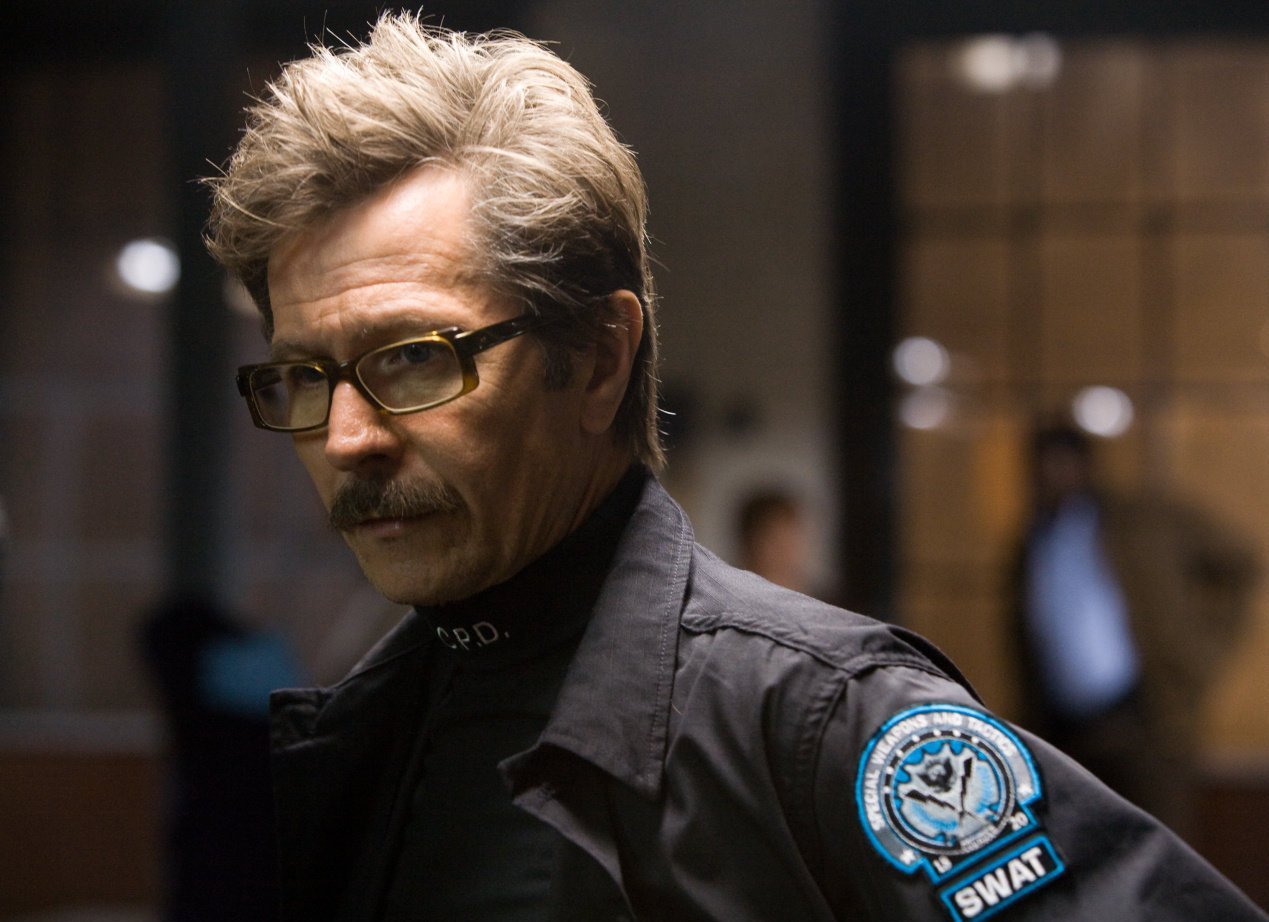
Christopher Nolan is known for creating thought-provoking films, and “The Dark Knight” is no different. Its philosophical turns along with its constant intention to activate the audience add to the groundbreaking aspect of this movie. The viewer is continuously forced to put him or herself in the characters’ positions and think how he would have act in these kind of situations.
For instance, when the Joker gives a stick to two henchmen and says that whoever survives joins him, or when Ramirez (Monique Gabriela Curnen) gets corrupted because of her relative who’s in the hospital. Nolan makes us identify even with less important characters at the time when other filmmakers cannot make us get engaged with their main character.
There is no doubt that “The Dark Knight” is a great film that actually wrote history in the superhero genre. In times when Hollywood needed the audience in a state of nirvana (and still does) so they will not notice the holes in their movies, Nolan made such an engaging film who suggests more thought for real life problems – something every film should do, even the more entertaining ones.
Author Bio: Alexandros Rellos is currently a film student in Greece. He has written and directed three short films and dreams that one day cinema will respond to his hopeless love.